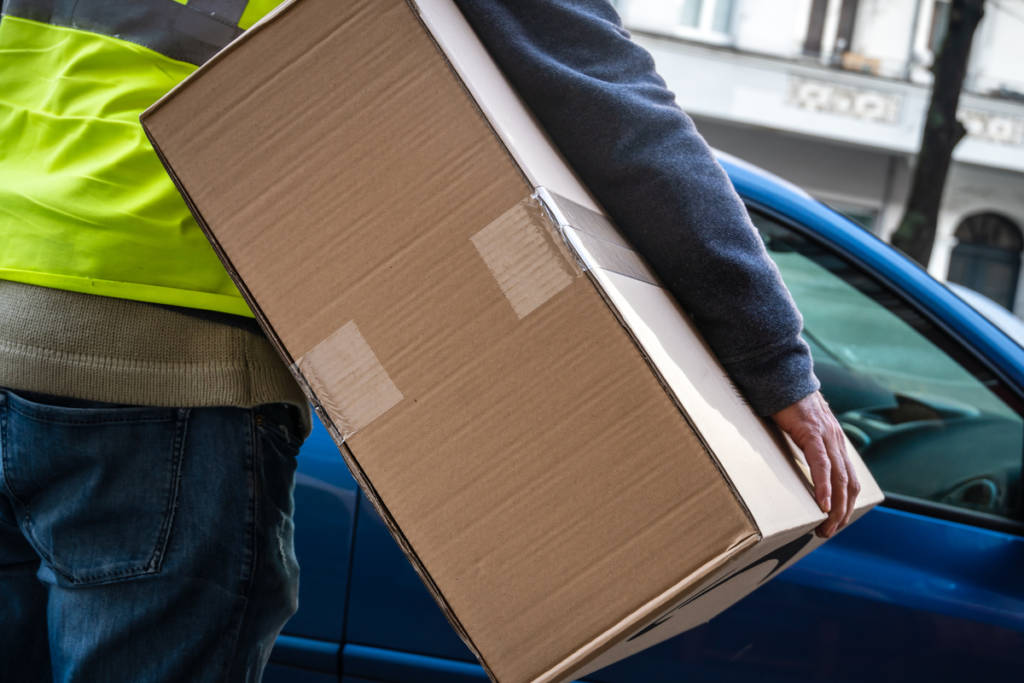As we hearken back to our most recent post on (banks’ receptiveness to) Oculus Rift and adapting to what’s new, how about waxing poetic on what will be the hot trend of later this year into next year?
I’m declaring 2016 the year of the Internet of Things, aka, the connected lifestyle.
Oooh, I’m intrigued by your prediction; go on…
Mass adoption! It’s no longer gimmicky. It’s front and center; my house is run by my smartphone (shout out to Nest, it saved me hundreds this winter). People have smart devices on their wrists; just look at how many Fitbits are being worn by random folks, and you might even see an occasional Apple Watch as well. People are rapidly changing their long-held habits where a watch is no longer just a time piece, it’s a connected lifestyle statement (editor’s side note: Mark is the millennial Don Draper—that’s a Mad Men-quality tagline).
So what are the expectations from a financial services perspective?
Take any health trackers—you can see your daily performance, goals and more. So why wouldn’t you be able to or want to see your net worth on a daily basis? That’s as important to some people as the number of steps are to others…and it’s a natural evolution of this broad concept. And imagine if you could start marrying together information like health and finances.
Are you talking about gauging finances based on health?
At the end of the day, it’s an interesting factor to introduce. Remember, I’m a reasonably ‘big-boned’ guy who doesn’t like to sit in the middle seat of the last row. Think about insurance premiums—tying in steps per day to a refund and lowered premiums…it’s already what car insurance companies are doing if you share your driving habits with them via a connected device.
Could you envision this becoming a reality?
It is a reality that I think could become a mainstream reality. Money motivates people, and insurance premiums are a pretty hefty item in the consumer basket today—it makes sense this would go mainstream.
So what about the Internet of Things and banking?
Let’s pick a connected item—a vessel (in your case the Prius V). Cars today have the potential to do a lot in this space, especially as the new model years are boasting their ever growing list of connected capabilities. Say I use big bank X; if I can pull up on my dashboard that I’m headed to the bank and I’ve already started a home equity application at home, the bank could in theory physically track me and know when I’ll arrive at the branch factoring in the real time traffic—and when I arrive, that paperwork is there awaiting me, saving me and the bank time and adding to my convenience. When I pull into the local parking garage, my space is set and paid for. All of these tasks are simplified to the point where they’re seamless and painless, with transactions happening in the background. And all the while, the bank is collecting this data, which can be used to allow them to deliver more value to you, the consumer, and if I choose to allow it, their local business partners who can offer me direct offers/savings—a major win-win for every part of the ecosystem.
The Internet of Things is no longer a leap of faith; people have already made the jump. Whether or not they know it is the question.
Talk about a profound statement! (editor’s side note: why does everyone think I drive a Prius?)




